Greetings, dear athletes! This article will examine the relationship between anabolism and catabolism, its basic concepts, and more! Enjoy!
Metabolism is a continuous process that ensures the body’s vital functions, and anabolism and catabolism play a key role. The balance between these two phases is a fundamental aspect of maintaining health.
In bodybuilding, the key goal is to create conditions conducive to muscle growth, or anabolism, and minimize muscle breakdown, or catabolism. Your training, diet, and recovery regimen should be aimed precisely at achieving this goal.

Anabolism and Catabolism: What Are They?
– Anabolism is the process of building new tissue in the body, including, of course, muscle. It is facilitated by hormones such as growth hormone, which is important for recovery and growth; insulin, which ensures nutrient delivery; and testosterone, a key hormone for muscle growth. Nutrition plays a crucial role: protein serves as the building block for muscle, and amino acids are its main components. Don’t forget the importance of rest, including adequate sleep and adequate recovery between workouts.
– Catabolism, on the other hand, is the breakdown of tissue, specifically muscle protein. This process can be triggered by stress, both physical (such as overtraining) and psychological, poor nutrition, especially protein and calorie deficiencies, and high levels of cortisol, a stress hormone that has a destructive effect on muscle tissue. Intense training, while necessary, can also contribute to catabolism, so it’s crucial to properly balance it with nutrition and recovery.
How to stimulate muscle growth and prevent muscle breakdown?
First and foremost, it’s important to plan your workouts wisely, avoiding overtraining and allowing your muscles sufficient time to recover. Progressive exercise is essential, but do so gradually.
Particular attention should be paid to nutrition. It’s essential to consume sufficient protein (1.6-2.2 grams per kilogram of body weight per day), include complex carbohydrates in your diet to maintain energy and replenish muscle glycogen stores, and don’t forget about healthy fats, which are essential for hormonal balance. It’s important to eat regularly, avoiding hunger to avoid catabolism, and be sure to eat after training to kick-start the recovery process.
Finally, it’s essential to ensure proper recovery, including getting at least 7-8 hours of sleep, reducing stress (for example, through meditation, yoga, or outdoor walks), and massage, which helps improve circulation and relieve muscle tension.
As a complement, you can consider taking specialized supplements, such as creatine, which increases strength and endurance; BCAAs, which can reduce muscle soreness and speed up recovery; and protein, which can be useful when it’s difficult to get enough protein from food.
But we’ll cover this topic in more detail below.
Interconnection and Balance
Anabolism and catabolism are inextricably linked. The energy obtained from catabolism fuels anabolic reactions.
An imbalance between these processes can lead to health problems. For example, a predominance of catabolism (poor nutrition, excessive exercise) can lead to muscle loss and general weakness, while a predominance of anabolism (excess calories, sedentary lifestyle) can lead to fat accumulation. Maintaining balance, achieved through proper nutrition, exercise regimen, and hormonal regulation, is the foundation of health and well-being.
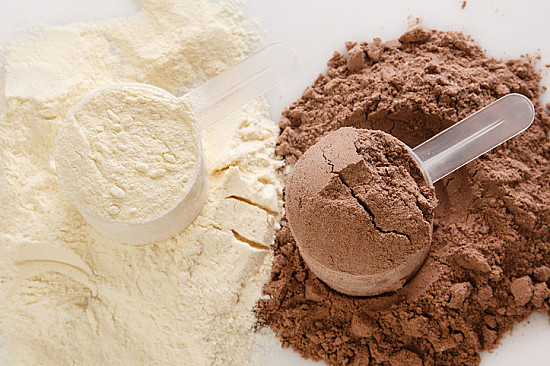
Anabolism: The Basis
Anabolism isn’t just muscle growth; it’s a complex process of renewal and development of all the body’s cells. When it comes to increasing muscle mass, anabolism is directly dependent on several key factors. It’s important to understand that it’s activated by nutrients, vitamins, and minerals supplied to the body in sufficient quantities. Proper nutrition is the foundation for growth.
Remember, an anabolic effect isn’t instant magic, but the result of a comprehensive approach:
- Routine
- A clear diet, sleep, and rest schedule is the foundation for successful growth. The body must receive sufficient recovery time to build new tissue.
- Training
- Regular training and periodic changes in programs stimulate muscle growth. It’s important not to allow the body to adapt to a monotonous workload.
- Recovery
- Abstaining from chronic stress and ensuring adequate recovery are critical. Stress increases cortisol levels, which damages muscle.
- Individuality
- Consider your body type and metabolism. Everyone’s metabolic rate is different, and what works for one person may not work for another.
Metabolism plays a key role in both anabolic and catabolic processes. Children, for example, have a very fast metabolism, so they require more energy, which they get from carbohydrates. However, in adults, metabolic rate depends on body type.
Body types and their impact on anabolism:
| Ectomorphs | Naturally lean people with a fast metabolism. They have difficulty gaining muscle mass because catabolism predominates. They require especially careful attention to nutrition and training. |
| Endomorphs | People prone to obesity, in whom anabolism predominates over catabolism. They easily gain both muscle and fat, so they need to carefully monitor their diet. |
| Mesomorphs | Athletically built people whose muscles respond easily to exercise. Their anabolism and catabolism are balanced, which facilitates muscle gain. |
Understanding your body type will help you adjust your training and nutrition to achieve maximum results. It’s important to remember that there are no «good» or «bad» body types-each has its own advantages and disadvantages.
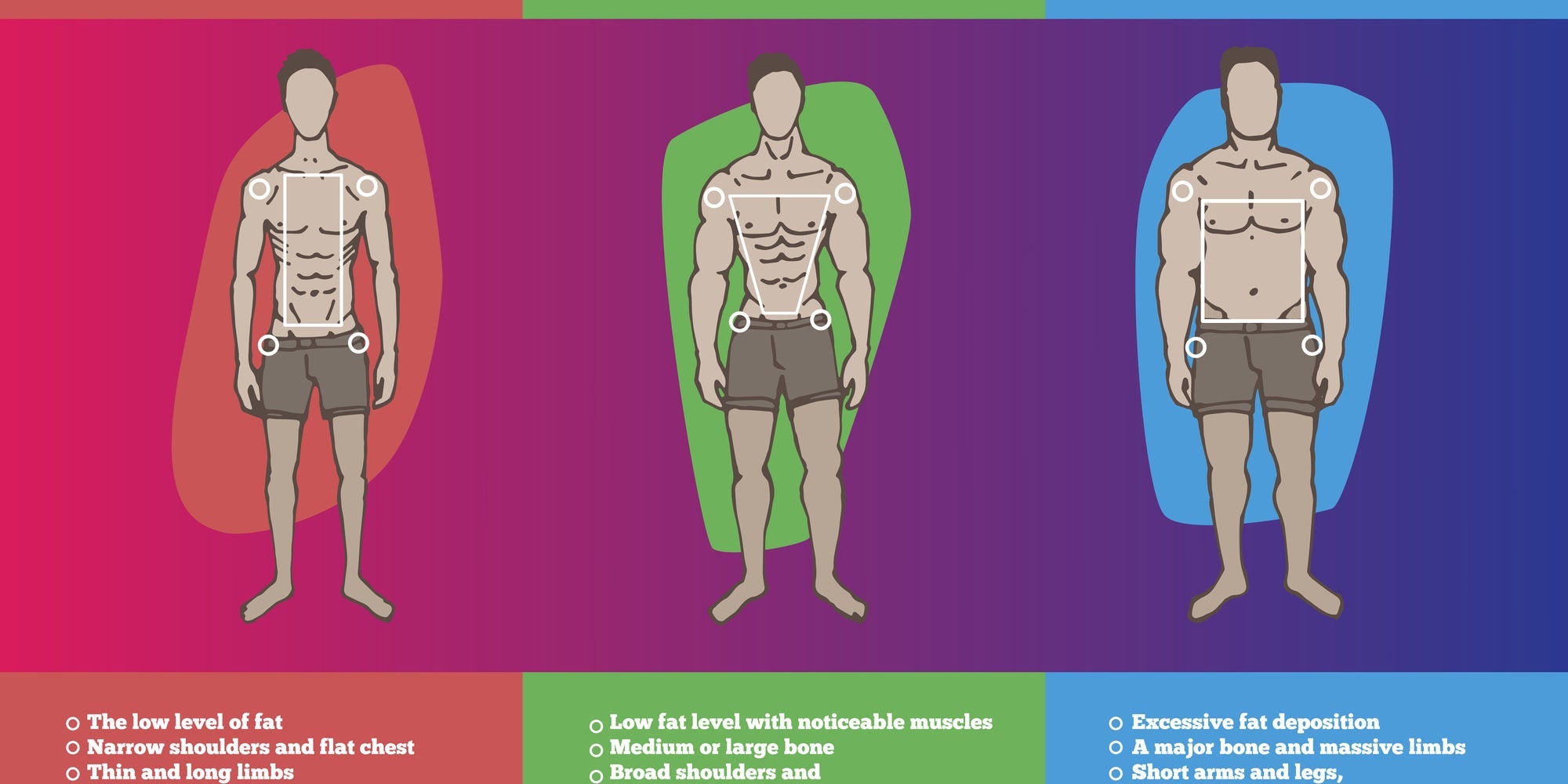
Depending on your body type, you need to select a training regimen and diet.
The keys to gaining muscle mass and improving your physique are proper nutrition, training, adequate rest, and sleep. But how do you put it all together and make it most effective for you? Here are a few things to consider:
- Consider your body type:
- Endomorphs – Focus on protein, limit fats and carbohydrates.
- Ectomorphs – Don’t be afraid of fats and carbohydrates, otherwise the body will use protein as an energy source, which will slow muscle growth.
- Training:
- For amateurs – 3-4 workouts per week are enough for progress.
- And regularly update your training program. Every 3 months is optimal. Change not only the exercises but also the type of physical activity. Try new types of fitness.
- Nutrition:
- Protein is the foundation of diet. The more muscle mass you have, the more protein you need. It is needed for maintenance, growth, and the prevention of muscle breakdown. Use online formulas, but adapt them to your body type.
- Rest and Sleep:
- Rest between workouts is important for muscle recovery and growth. It’s time for the body to regenerate and renew itself. During sleep, microtrauma in muscle fibers heals, and muscles hypertrophy.
- Professional and Amateur Athletes:
- Professionals – Can train up to twice a day, almost every day, thanks to supplements, protein, and a mega-calorie diet.
- Amateurs – Don’t chase professional pace; a balanced approach is sufficient.
And avoid plateaus. If you stop seeing progress, don’t rush into supplements. First, review your training program.
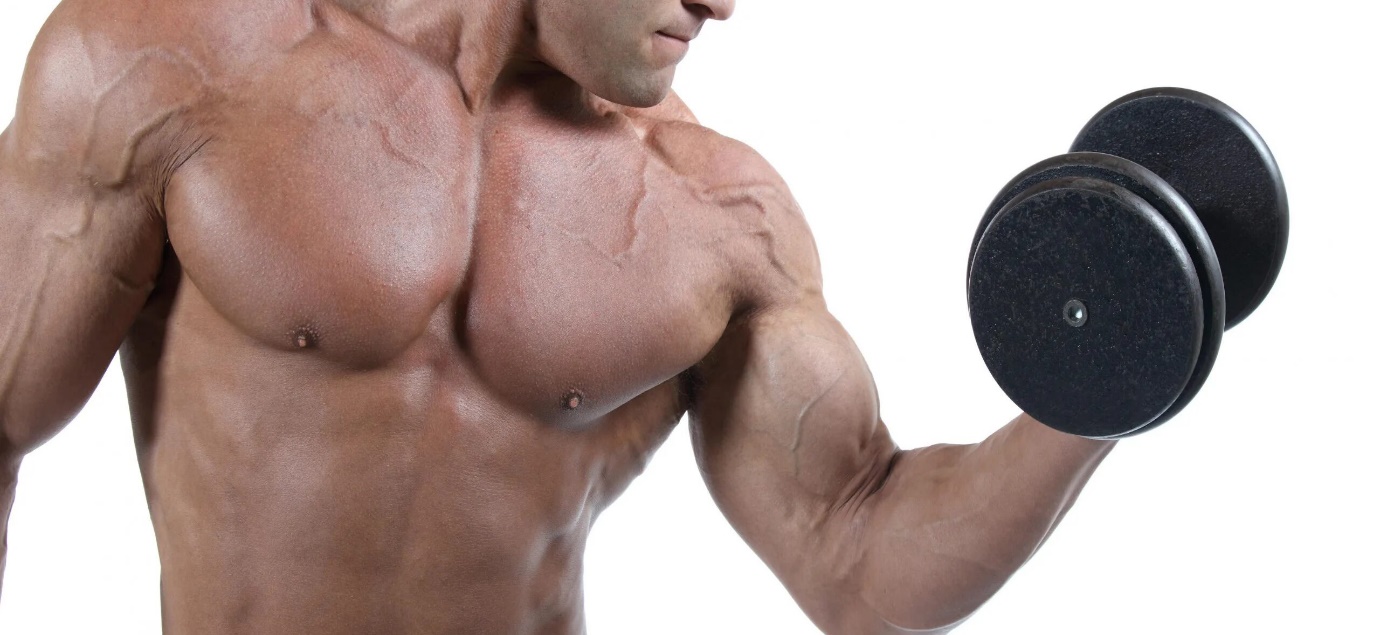
Should We Fear Catabolism?
The question of catabolism often causes concern, especially for those seeking to build muscle mass. But let’s figure out whether it’s something to be afraid of and how to manage it properly.
Catabolism is an inevitable part of metabolism:
Catabolism is the process of breaking down substances, including proteins, fats, and carbohydrates, to provide the body with energy and support normal functioning. It is closely linked to anabolism (the process of building muscle), and together they make up metabolism. Without catabolism, anabolism is impossible, so fearing it as such makes no sense.
For example: even considering the fact that muscles are broken down during training, we give them a stimulus for destruction! You’ve worked out-your muscles are left with so-called «destruction,» which the body will then repair, and your muscles will grow larger!
What do athletes really fear?
The loss of muscle mass, which is difficult to gain, especially for ectomorphs. This is the empirical understanding of «catabolism.»
How to prevent muscle loss (i.e., «muscle catabolism»):
- Regular training. It’s important to train systematically and periodically update your program.
- Adequate sleep and rest. Sleep 8-9 hours a day, rest and relax regularly.
- Try to minimize stress and stress.
- Proper nutrition. Consume enough protein from food or protein supplements.
Metabolism and health:
- A good and fast metabolism is a sign of health.
- If you have any health problems, get tested before starting training. The speed and effectiveness of muscle growth depend on your metabolic rate.

Anabolic Steroids (AS)
Anabolic steroids (AS) are a group of pharmacological drugs that mimic the effects of male sex hormones, primarily testosterone and dihydrotestosterone. And yes, the key word here, in our context, is «anabolic,» meaning they provide a huge boost to muscle anabolism.
Their primary action is to accelerate protein synthesis within the body’s cells, leading to significant hypertrophy (increase) of muscle tissue. This process, known as anabolism, makes AS popular in bodybuilding and other strength sports. The effects of steroids are divided into two key components: anabolic (aimed at promoting tissue growth) and androgenic (associated with the development of male sexual characteristics). The origin of these terms reflects their essence: «anabolic» comes from the Greek «anabolein» (to build), and «androgenic» comes from «andros» and «genein» (to make a man).
Statistics show that the overwhelming majority of anabolic steroid users (90-95%) are men. Research has revealed that the primary motivation for steroid use is the desire to gain a competitive advantage in attracting sexual partners, as well as to enhance social status, influence, and self-confidence.
Beyond their official name, anabolic steroids have many synonyms used in various contexts:
- General terms: Anabolics, Androgens, Steroids.
- Abbreviations: AS (Anabolic Steroids), AAS (Anabolic-Androgenic Steroids – international designation).
- Bodybuilding slang terms: «Vitamins,» «Chemistry,» «Pharma.»
Mechanism of action of anabolic steroids:
Unlike peptide hormones, the mechanism of action of steroids is more complex. Once in the bloodstream, steroid molecules spread throughout the body and interact with various cells, including skeletal muscle cells, sebaceous glands, hair follicles, certain areas of the brain, and endocrine glands. Due to their fat solubility, steroids easily penetrate cell membranes composed of fats. Inside the cell, they bind to androgen receptors located in the nucleus and cytoplasm. Activation of these receptors triggers a cascade of reactions that alter gene expression and stimulate processes aimed at synthesizing new protein molecules.
The effect of anabolic steroids on muscle growth is realized through the following mechanisms:
- Acceleration of protein synthesis, which is the building block of muscle.
- Reduction of recovery time after exercise.
- Reduction of the activity of catabolic hormones, such as cortisol, which destroy muscle tissue.
- Stimulation of cell differentiation toward muscle cells, which prevents the formation of fat cells.
- Acceleration of metabolic processes that promote fat breakdown.
- The phenomenon of «muscle memory.»
The effects of anabolic steroids are divided into two main categories:
1. Anabolic effects (aimed at tissue growth):
- Significant increase in muscle mass (on average 5-10 kg per month).
- Increased strength.
- Increased endurance and performance.
- Increased red blood cell count.
- Strengthening of bone tissue.
- Decreased body fat.
2. Androgenic effects (associated with the development of male sexual characteristics):
- Masculinization (development of masculine traits in women).
- Virilization (appearance of masculine traits).
- Prostatic hypertrophy.
- Testicular atrophy.
- Hair loss and accelerated hair growth on the face and body.
Bodybuilding is primarily concerned with the anabolic effects. In this regard, steroids with pronounced anabolic action and minimal androgenic side effects are being developed. The ratio of anabolic to androgenic activity of a drug is called the anabolic index. However, currently, most available anabolic steroids have pronounced androgenic properties.
Additional positive effects noted with the use of anabolic steroids:
- Increased appetite.
- Increased self-confidence and self-esteem.
- Increased libido.
Minimizing the risks of using anabolic steroids is a key aspect that requires a serious approach. The following recommendations are aimed at reducing the likelihood of unwanted side effects and maintaining the results achieved.
| Minimizing Side Effects | |
| Strict adherence to dosage | Exceeding the recommended doses directly increases the risk of side effects. It is essential to strictly adhere to the prescribed dosage regimens. |
| Caution when combining drugs | Do not combine different anabolic steroids on your own unless specifically prescribed by a carefully designed and tested cycle. Unthought-out combinations can significantly increase the negative effects on the body. |
| Monitoring cycle duration | Exceeding the recommended cycle duration also increases the risk of side effects. It is essential to adhere to optimal durations that allow you to achieve results without placing undue stress on the body. |
| Special recommendations for women | Women should exercise extreme caution when using anabolic steroids. Ideally, their use is not recommended at all. If the decision to use steroids is made, preference should be given to drugs with a high anabolic index and minimal androgenic effect. |
| Age restrictions | It is not recommended to begin using anabolic steroids before the age of 25, as the body is still developing and is more susceptible to the negative effects of hormonal drugs. |
| Mandatory post-cycle therapy (PCT) | Including PCT in a cycle is essential to minimize side effects and preserve muscle gains. PCT helps restore the body’s hormonal balance after completing a steroid cycle. |
Following these recommendations can significantly reduce the incidence of side effects (to 1% or less) and increase the likelihood of maintaining the results achieved and muscle gains. It is important to understand that even with all precautions, the risk of side effects cannot be completely eliminated, so it is necessary to undergo regular medical examinations and consult with specialists.
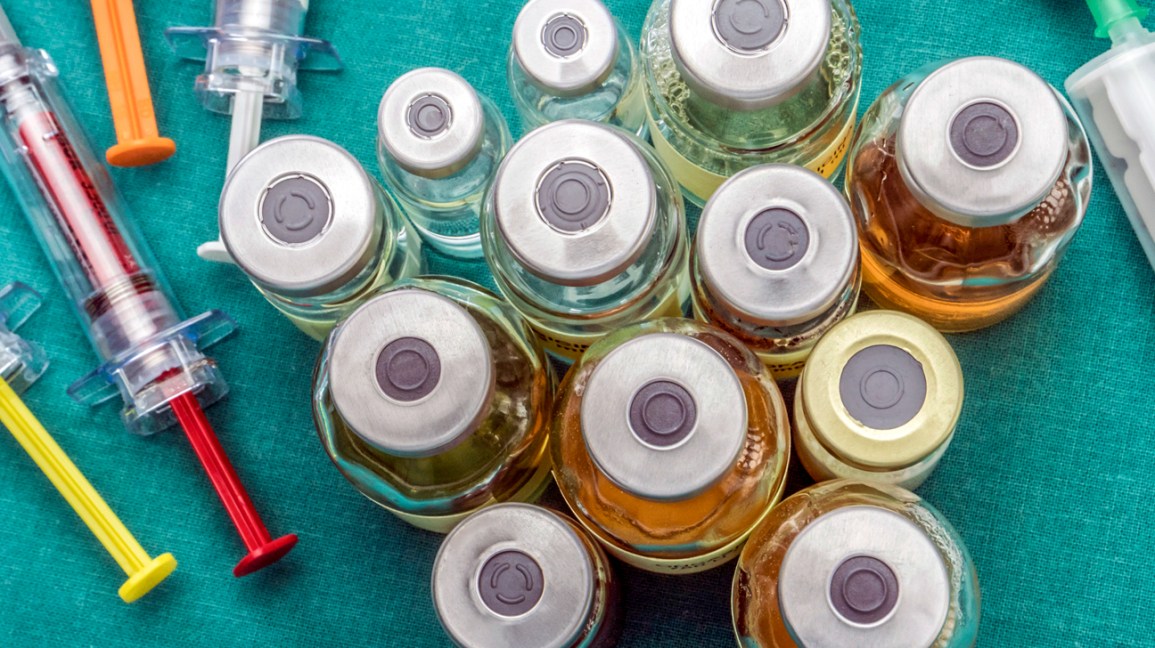
How to speed up anabolism?
- Increase physical activity.
Physical activity is one of the most effective ways to stimulate anabolism. Cardiovascular exercise, such as running, swimming, or cycling, improves overall fitness, which indirectly influences anabolic processes. Strength training, especially weightlifting, is key to increasing muscle mass and, therefore, accelerating anabolism.
- Eat right.
Diet plays a primary role in regulating anabolism. It’s important to include sufficient protein (meat, fish, eggs), which are the building blocks of muscle. Fiber (vegetables, fruits, whole grains) promotes normal digestion and nutrient absorption. Healthy fats (nuts, avocados, olive oil) are essential for hormonal balance and overall health.
- Drink more water.
Adequate hydration is essential for all body functions, including anabolic processes. Water helps transport nutrients, eliminate waste, and maintain an optimal environment for muscle growth.
- Eat regularly.
Frequent, small meals help maintain stable amino acid levels in the blood, ensuring a constant supply of muscle building blocks. Breakfast is especially important for kickstarting anabolic processes after a night’s sleep.
- Include spices in your diet.
Some spices, such as chili peppers, ginger, and cinnamon, can indirectly promote anabolism through their thermogenic properties and improved overall health.
How to improve anabolism for muscle growth?
To improve anabolism and effective muscle growth, it’s important to combine physical activity with proper nutrition and a healthy lifestyle. Here are some additional recommendations:
1. Avoid stress
Chronic stress can lead to increased levels of cortisol, a catabolic hormone that inhibits muscle growth. Practice relaxation techniques such as yoga, meditation, or walking outdoors.
2. Get enough sleep
Lack of sleep negatively impacts anabolism, slowing it down and reducing the effectiveness of training. Aim for 7-9 hours of sleep per night to maintain optimal hormonal balance and muscle recovery.
3. Take vitamins and supplements
Certain vitamins and supplements can help accelerate anabolism. B vitamins, vitamin D, magnesium, and zinc play an important role in metabolic processes and muscle growth. Consulting a specialist can help you choose the optimal combination.
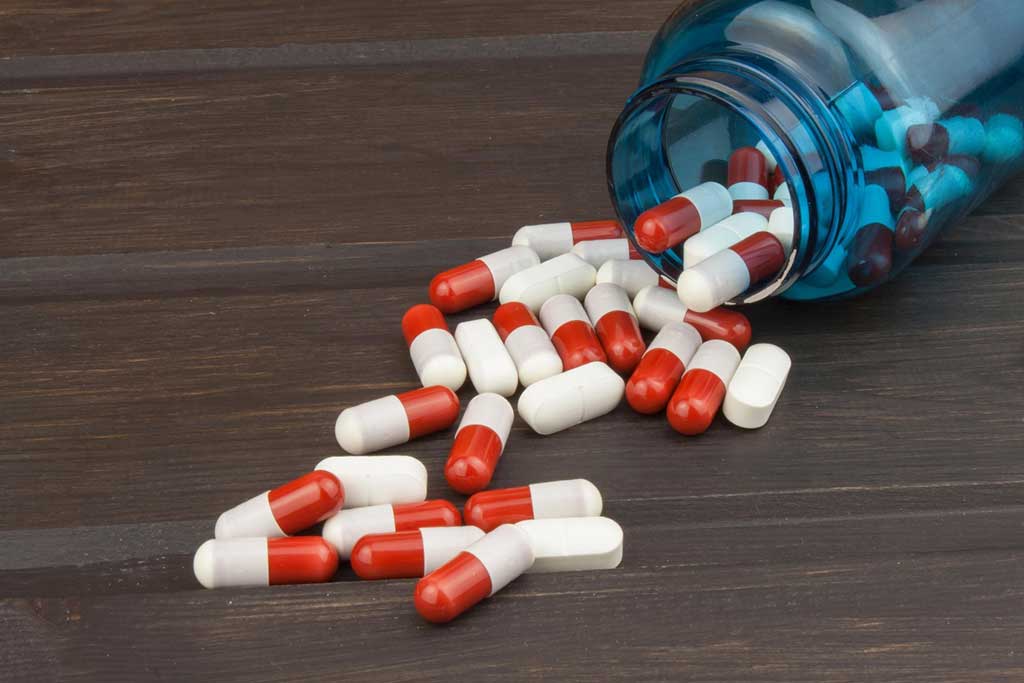
Accelerated Anabolism: Myths and Reality
- Myth: Increasing the number of meals significantly accelerates anabolism.
While frequent meals can help maintain amino acid levels in the blood, their impact on overall anabolism is not as significant as physical activity and food composition.
- Myth: Certain foods can dramatically accelerate anabolism.
Certain foods, such as high-quality protein sources, are indeed important for anabolism, but their impact isn’t the only factor. A balanced diet and regular exercise have a more lasting effect.
How to Kick-Start Anabolism: Practical Tips
- Start the Day with Breakfast: A protein-rich breakfast kick-starts anabolism and helps avoid muscle catabolism throughout the day.
- Interval Training: Incorporate high-intensity interval training (HIIT) into your exercise program to stimulate growth hormone production, which promotes anabolism.
- Don’t Forget About Sleep: Adequate sleep plays a key role in maintaining normal hormonal levels and muscle recovery.
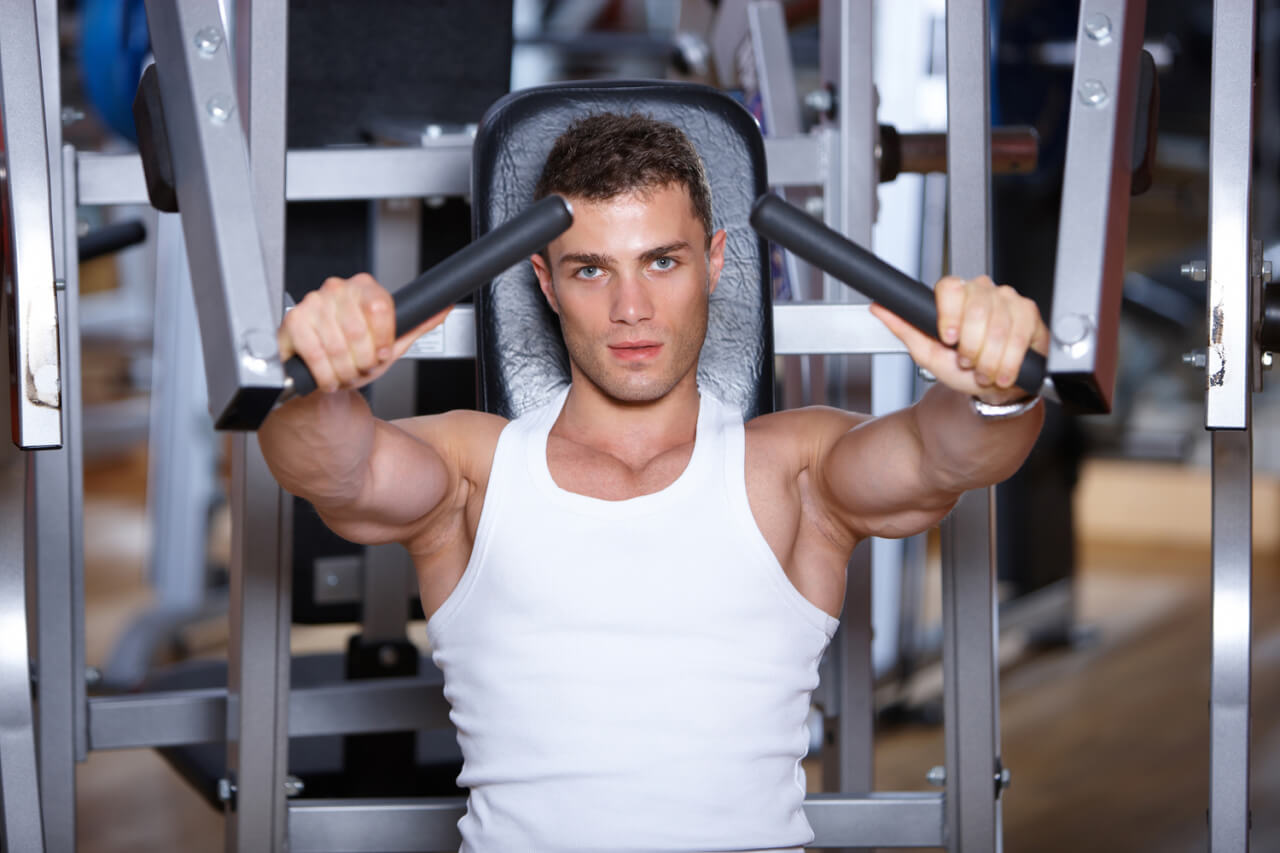
In Conclusion
Accelerating anabolism isn’t magic, but the result of a comprehensive approach that includes physical activity, a balanced diet, adequate sleep, and effective stress management. By following the recommendations presented here, you can effectively stimulate anabolic processes, improve your overall well-being, and achieve your muscle building and fitness goals.
Incorporate these recommendations into your daily routine, and you’ll experience positive changes in your body’s functioning. Accelerated anabolism will not only help you gain muscle mass but also maintain optimal physical condition, promoting better health and a higher quality of life.
By following these tips, you’re sure to notice positive changes in your body. Stimulating anabolism is the key to maintaining a healthy body, muscle growth, and improving your overall quality of life. Introduce changes gradually, allowing your body to adapt, and it will surely thank you for your care and attention.
Regarding the purchase of the drug, it is available on our official website AnabolShop.org. Order all the drugs you are interested in directly from us!
For each drug, there is a detailed description of the effects, course, side effects and price with information on delivery. Thank you for reading. The drugs you are interested in are in the corresponding category in the store catalog. Starting from oral drugs, ending with injectable steroids, Growth Hormone and PCT drugs. Thanks for reading!
Good anabolism to all!
